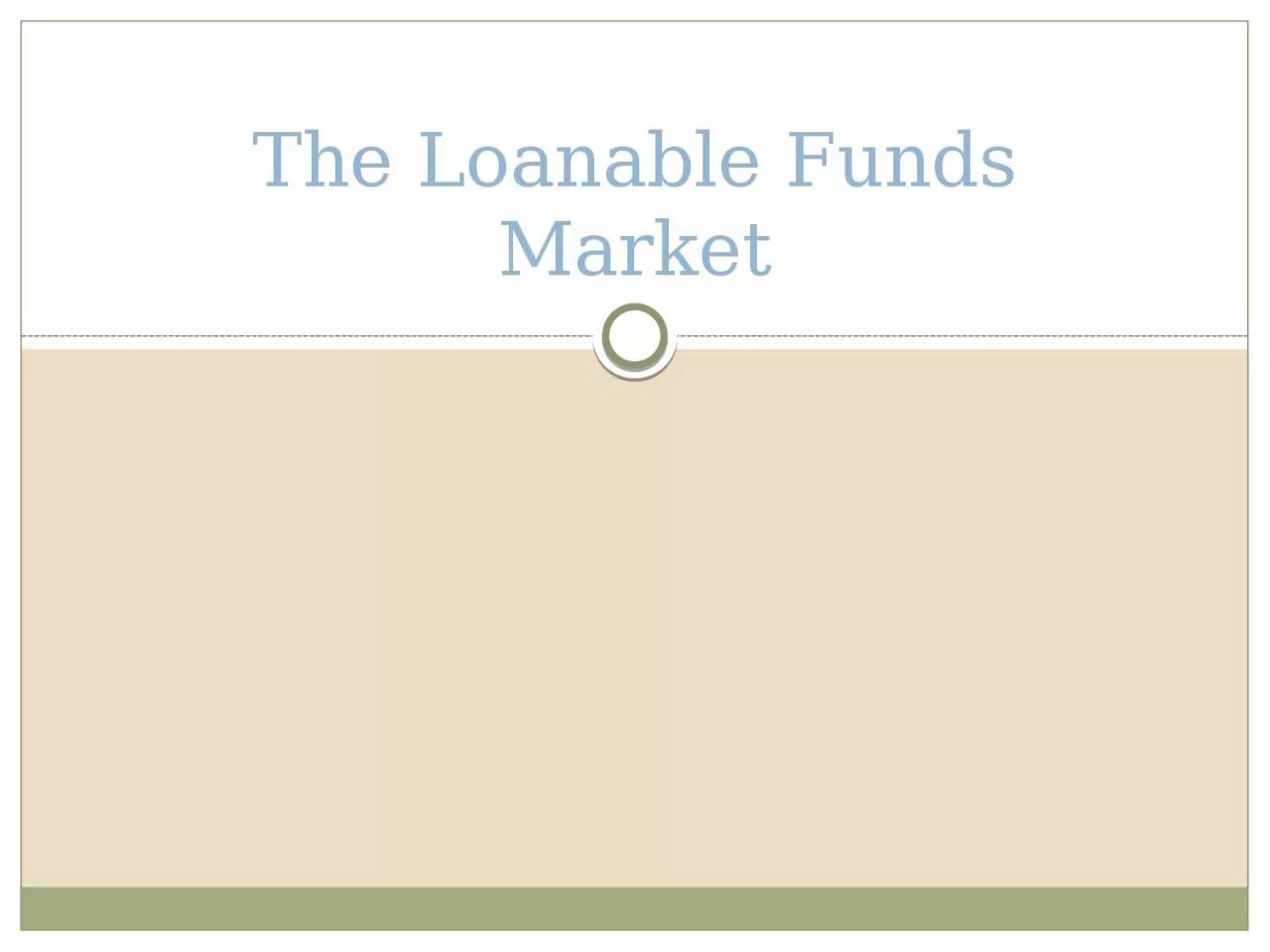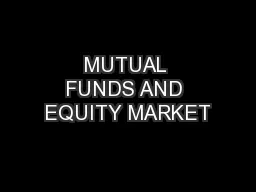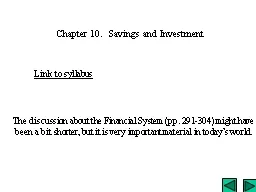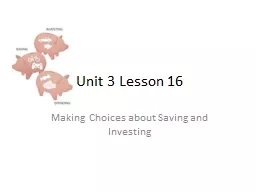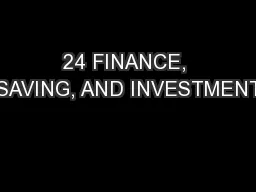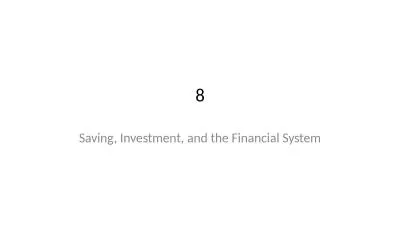PPT-The Loanable Funds Market
Author : holly | Published Date : 2023-11-03
Equilibrium Interest Rate Savers and buyers are matched in markets governed by supply and demand There are many markets but economists view them as one the loanable
Presentation Embed Code
Download Presentation
Download Presentation The PPT/PDF document "The Loanable Funds Market" is the property of its rightful owner. Permission is granted to download and print the materials on this website for personal, non-commercial use only, and to display it on your personal computer provided you do not modify the materials and that you retain all copyright notices contained in the materials. By downloading content from our website, you accept the terms of this agreement.
The Loanable Funds Market: Transcript
Download Rules Of Document
"The Loanable Funds Market"The content belongs to its owner. You may download and print it for personal use, without modification, and keep all copyright notices. By downloading, you agree to these terms.
Related Documents

